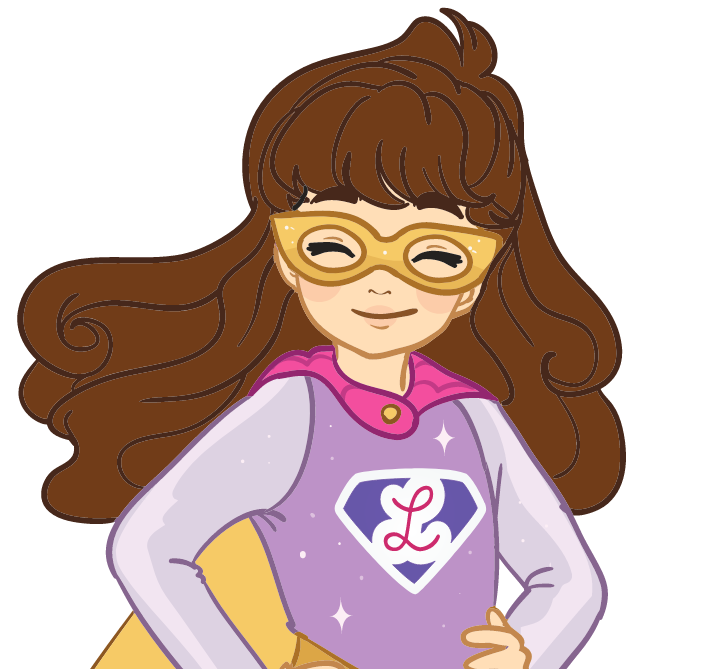Types of Play in Early Childhood
Kids and play go hand-in-hand. In fact, play is such a natural aspect of child development that many parents don’t give play a huge amount of thought. But the importance of the different types of play in early childhood shouldn’t be understated. In fact, Ireland’s Health Service reports that the benefits of play range from kids honing their creativity and communication skills by using their imaginations to kids developing the social skills that will help them to become more independent. The HSE even write that, through playing with dolls, children can learn how to make friends, develop a better understanding of the world around them and to care about other people’s needs. Great news for Lottie Dolls’ fans! So when we’re planning all those games and activities for our kids to enjoy, and deciding which toys to buy for them as gifts, we should take a moment to congratulate ourselves for introducing the very many benefits of play to our children.

Parten's Classification of Play
The types of play that children engage in nowadays may seem vastly different from previous generations. But whether kids are playing with traditional dolls or the latest tech, they are likely to be choosing from one of six types of play depending on their age, their mood and their environment. Developed in 1932, Mildred Parten’s Classification of Play (described as follows by Early Childhood News) is still considered one of the best descriptions of how play typically develops in children.
The Six Types of Play:
Unoccupied Play
The child is not actually “playing” but watches anything that happens to catch his interest. He may play with his own body, move around, remain in one location, or follow a teacher.
Onlooker Behavior
This stage is termed “behavior” instead of play because this child is content in watching other children.

Solitary Independent Play
Children prefer to play by themselves and are not comfortable interacting with other children. They may play apart with chosen toys, yet within speaking distance, and demonstrate little interest in making contact. Contact may consist of grabbing other children’s toys when the opportunity exists.
Parallel Play
This stage is also known as adjacent play or social coaction. Children occupy space near others, but seldom share toys or materials. They may talk, but each has their own conversation and there is no attempt to communicate with each other. As an example, one child may talk about going to the circus while another interrupts about going to a fast food restaurant.

Associate Play
Children lend, borrow, and take toys from others. However, it’s still “every child for himself.” At this stage, the children are beginning to engage in close personal contact, however, they still consider their own viewpoint as most important. Children are not yet ready to participate in teams or group work, but there should be opportunities for group work so they can gradually learn how to communicate their needs.
Cooperative Play
This stage is the highest form of children working and playing together. They share, take turns, and allow some children to serve as leaders for the group. For example, one child may be the policeman, another a nurse, while another is the mother. In cooperative play, three-year-olds play best with approximately three other children; five-year-olds can play successfully with approximately five children.

Why is play important for children?
As children get older - and the desire and opportunity for peer interactions grow – non-social types of play are typically replaced by social types of play including associate/associative and cooperative play. Children start to build real friendships with the skills they learn through associative play. They develop communication and negotiation skills: “I’ve got a great idea for a game. Let me explain.” They learn how to cooperate: “If we join forces, we can make this game better.” And cooperative play – where all the learnings from the previous types of play are consolidated – helps lay crucially important foundations for the future. Research has shown that children who have learned - through play - how to share, take turns, cooperate and collaborate with their peers, enjoy a higher degree of success in later-life. Who knew that play was such a serious business?
What is the definition of play?
The Oxford Dictionary may well define play as to engage in activity for enjoyment and recreation rather than a serious or practical purpose. But we’ll never again underestimate the crucial importance of play!

![]() Fast Shipping*
Fast Shipping*![]() Subscribe to our Newsletter
Subscribe to our Newsletter![]() 🌟 A Walk in the Park Lottie Doll 🌟
🌟 A Walk in the Park Lottie Doll 🌟

















